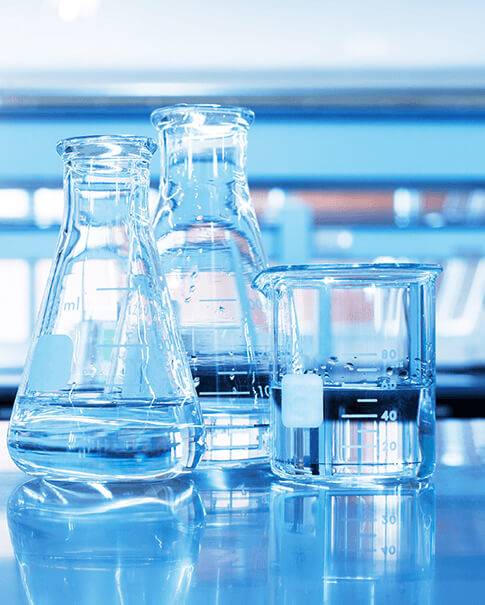What Are You Looking For?

How to use Polyacrylamide
Sep 12, 2023Polyacrylamide is a versatile polymer that is commonly used in various applications, including wastewater treatment, papermaking, oil recovery, and gel electrophoresis. The specific usage and procedures may vary depending on the application, but I can provide you with a general guide on how to use polyacrylamide in two common applications: wastewater treatment and gel electrophoresis.
1. Wastewater Treatment:
Polyacrylamide is often used as a flocculant in wastewater treatment processes to remove suspended particles and pollutants. Here's a general procedure for using polyacrylamide in wastewater treatment:
1.1. Dilute the Polyacrylamide:
Start by diluting the polyacrylamide powder in clean water. The concentration of the solution will depend on the specific requirements of your treatment process. Follow the manufacturer's instructions or consult a wastewater treatment professional for guidance on the appropriate concentration.
1.2. Mixing:
Once the polyacrylamide is diluted, you need to mix it thoroughly to ensure even distribution. Agitation methods such as stirring, mixing paddles, or mechanical mixers can be used. The mixing time may vary, but it is typically recommended to mix for several minutes to achieve homogeneity.
1.3. Injection:
After mixing, the polyacrylamide solution is injected into the wastewater system. The injection point and method will depend on the specific design of your treatment process. Commonly, it is added to a rapid mixing chamber or directly into the wastewater stream to initiate flocculation.
1.4. Flocculation and Settling:
Polyacrylamide acts as a flocculant, causing colloidal particles and impurities to clump together to form larger particles called flocs. The flocculated particles then settle due to gravity or are removed using filtration methods, such as sedimentation tanks or clarifiers.
Note: The above steps provide a general overview and may not cover all the nuances of a specific wastewater treatment process. It's crucial to consult with experts and follow industry guidelines and regulations when using polyacrylamide for wastewater treatment.
2. Gel Electrophoresis:
Polyacrylamide gels are commonly used in gel electrophoresis for the separation and analysis of biomolecules, such as DNA, RNA, and proteins. Here's a general procedure for using polyacrylamide in gel electrophoresis:
2.1. Gel Casting:
Prepare the polyacrylamide gel by mixing the appropriate concentration of polyacrylamide powder with a buffer solution, such as Tris-Borate-EDTA (TBE) or Tris-Glycine. The concentration will vary depending on the size range of the molecules you want to separate. Higher percentages are suitable for smaller molecules, while lower percentages are used for larger molecules.
2.2. Initiators and Cross-Linking Agents:
Polyacrylamide gels require initiators and cross-linking agents to polymerize. Common initiators include ammonium persulfate (APS), while N,N'-methylenebisacrylamide (BIS) is a common cross-linking agent. Follow the recommended ratios and protocols provided by the supplier or use an electrophoresis system that includes pre-made gel cassette.
2.3. Polymerization:
Mix the components thoroughly to ensure even distribution of the initiator and cross-linking agent. Pour the gel mixture into the gel tray or cassette, and insert the comb to create sample wells. Allow the gel to polymerize according to the manufacturer's instructions. This usually involves waiting for a specified amount of time for complete polymerization.
2.4. Loading and Electrophoresis:
Once the gel is fully polymerized, remove the comb, and place the gel into the electrophoresis apparatus. Fill the apparatus with the appropriate electrophoresis buffer, ensuring that the gel is fully immersed. Load your samples into the wells, potentially mixed with loading dye, and apply an electric current. The molecules will migrate through the gel, separating based on size or charge, depending on the type of electrophoresis.
Note: For gel electrophoresis, it is essential to follow established protocols and safety guidelines. Always refer to the specific instructions provided by the manufacturer of the electrophoresis system and any kits or reagents you are using.
Remember, these steps provide a general overview, and it's important to consult specific protocols, manufacturer instructions, or professionals in your respective field for accurate and precise usage of polyacrylamide in your application.